The retail industry has recently faced an uphill battle with theft, and various chains have been grappling with its consequences.
Yet, in the midst of this challenge, Costco stands apart, utilizing distinctive strategies that seemingly mitigate the prevalent theft issue.
U.S. Retailers Report Significant Losses
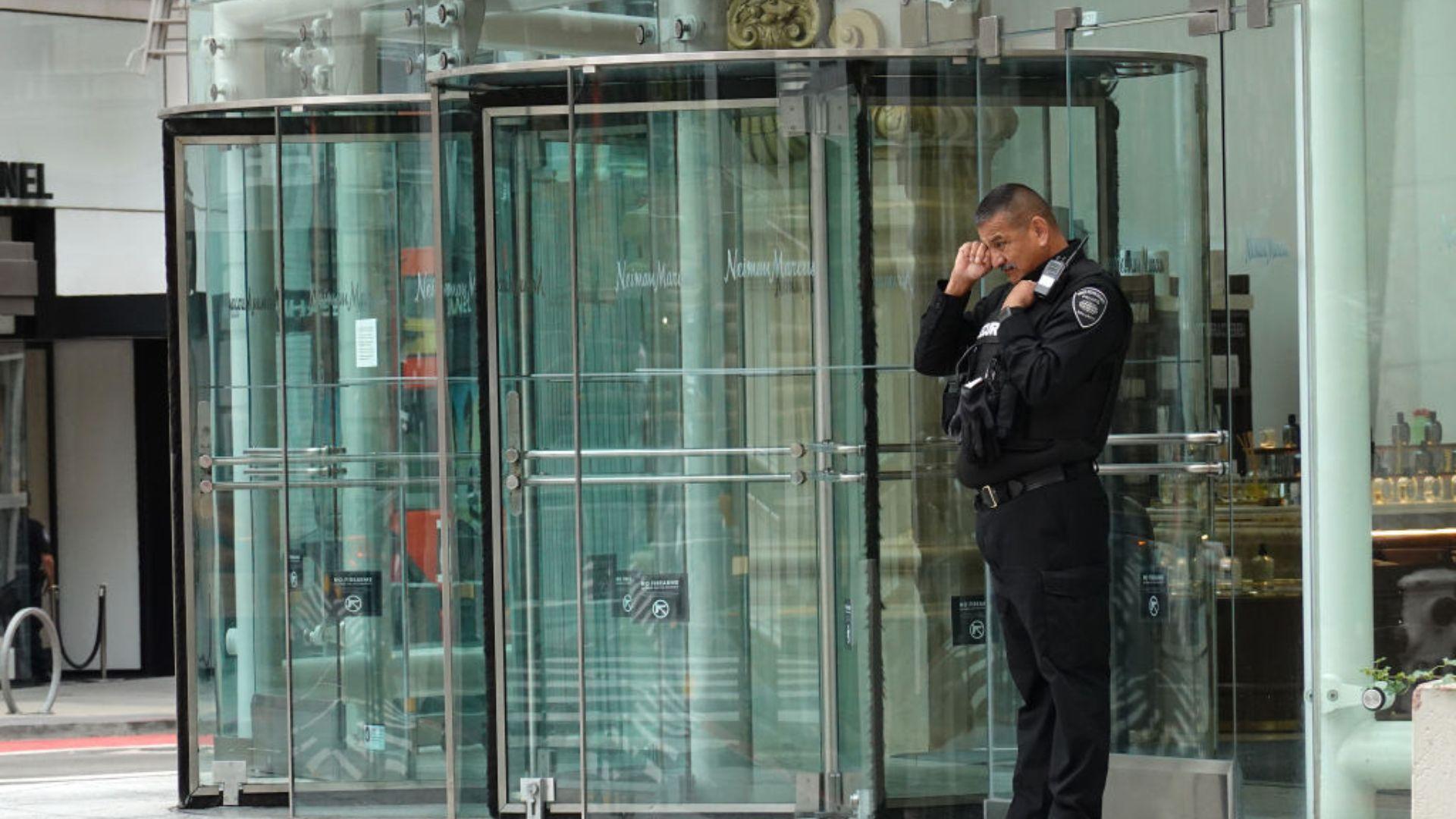
Retailers across the U.S. faced substantial financial blows last year.
The National Retail Federation (NRF) shed light on this, revealing that prominent retailers collectively encountered losses nearing a staggering $112 billion due to varying crime activities, a clear testament to the severity of this issue.
Costco’s Reported Experience With Retail Theft
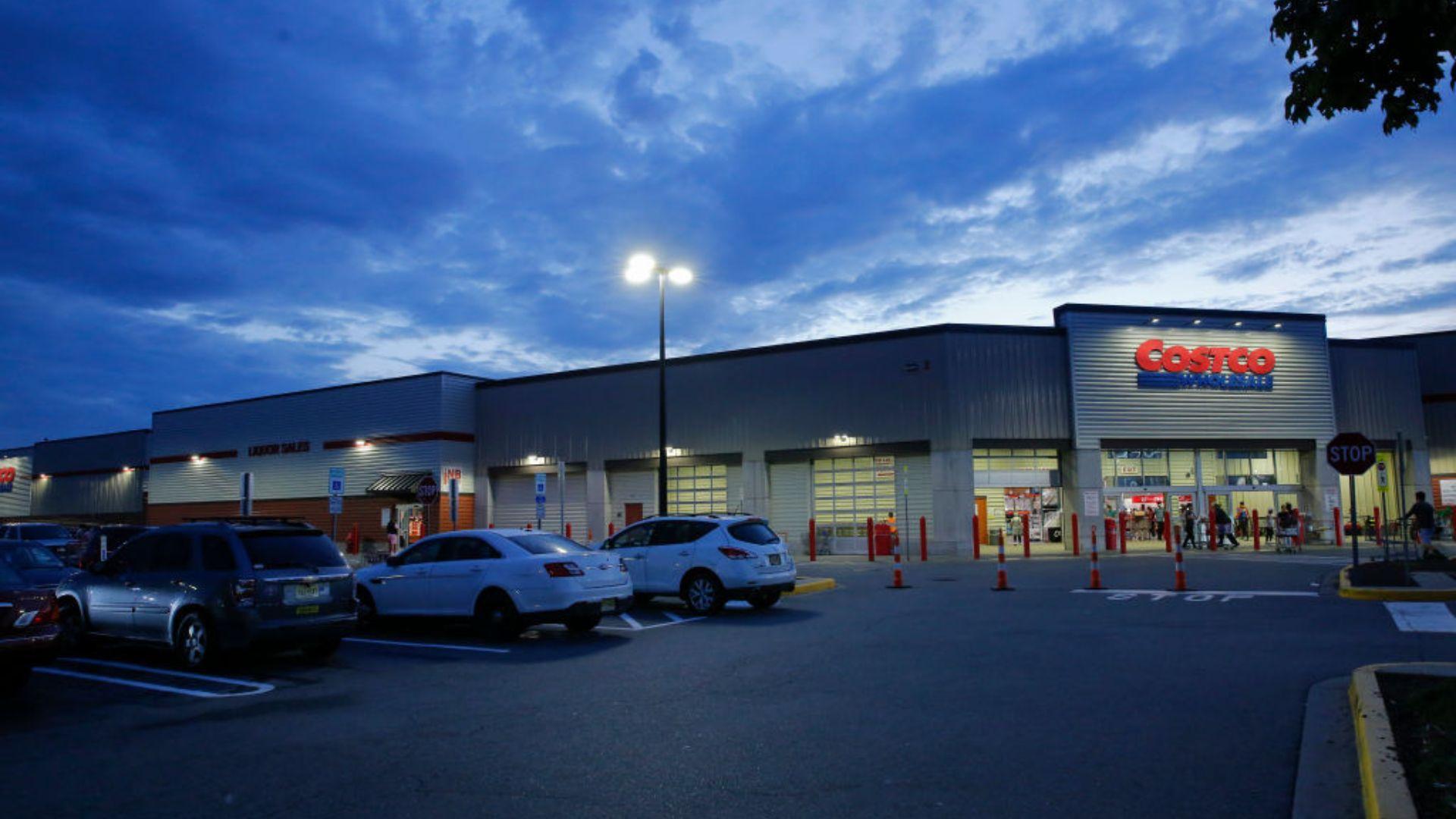
During an insightful earnings call, Richard Galanti, the CFO of Costco, relayed a contrasting narrative to investors.
He emphasized that, unlike many of its competitors, Costco hasn’t been as adversely impacted by the rising tide of retail theft, terming it relatively minor for their operations.
An Overview of Increasing Retail Theft
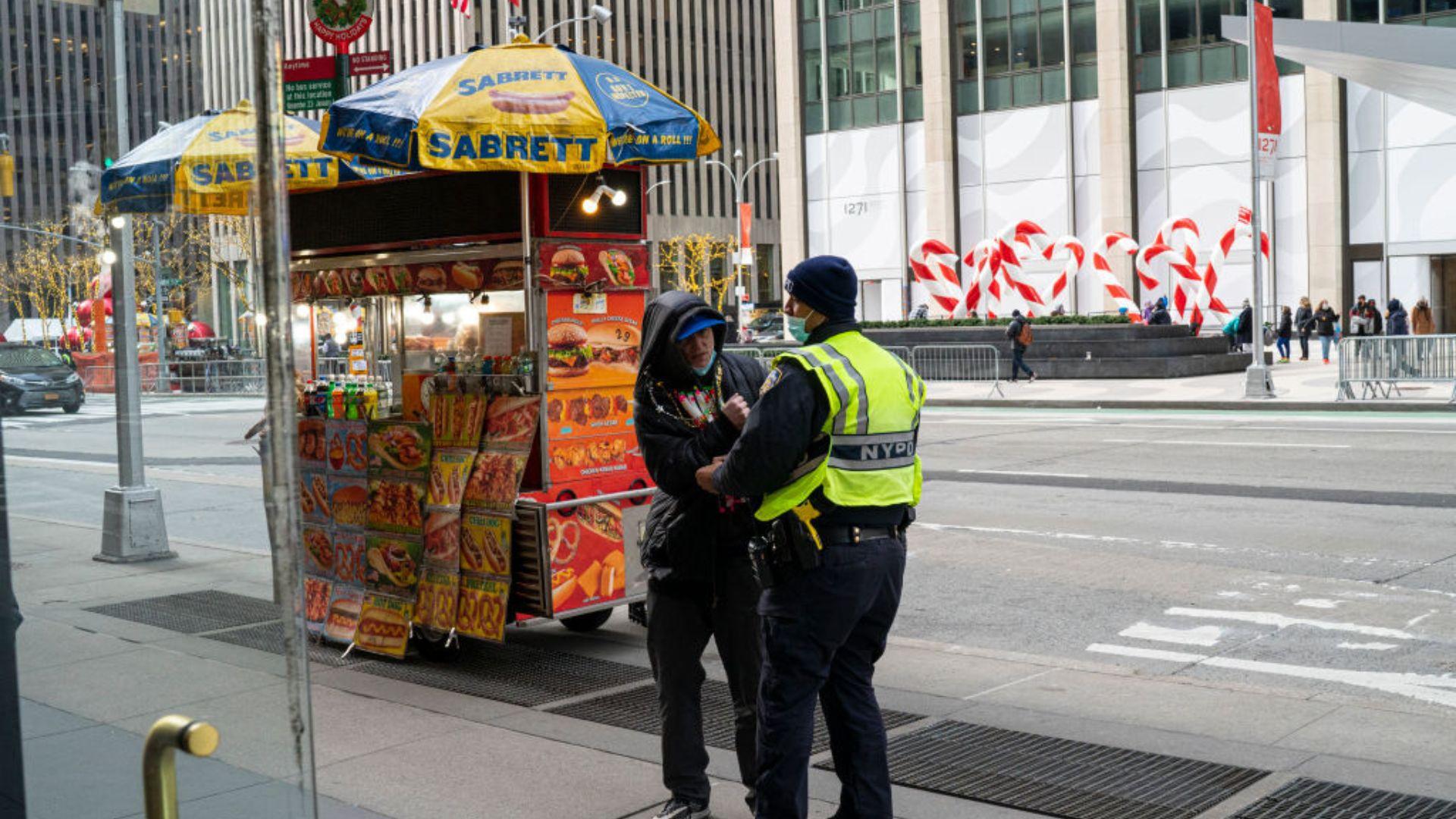
Across the nation, there’s been a discernible uptick in shoplifting incidents. Retail corporations’ financial sheets reflect these disturbances.
The term “shrinkage” encapsulates these losses, which, alarmingly, not only include organized retail crimes but also thefts by employees.
Some Retailers Closing Stores Due to Theft
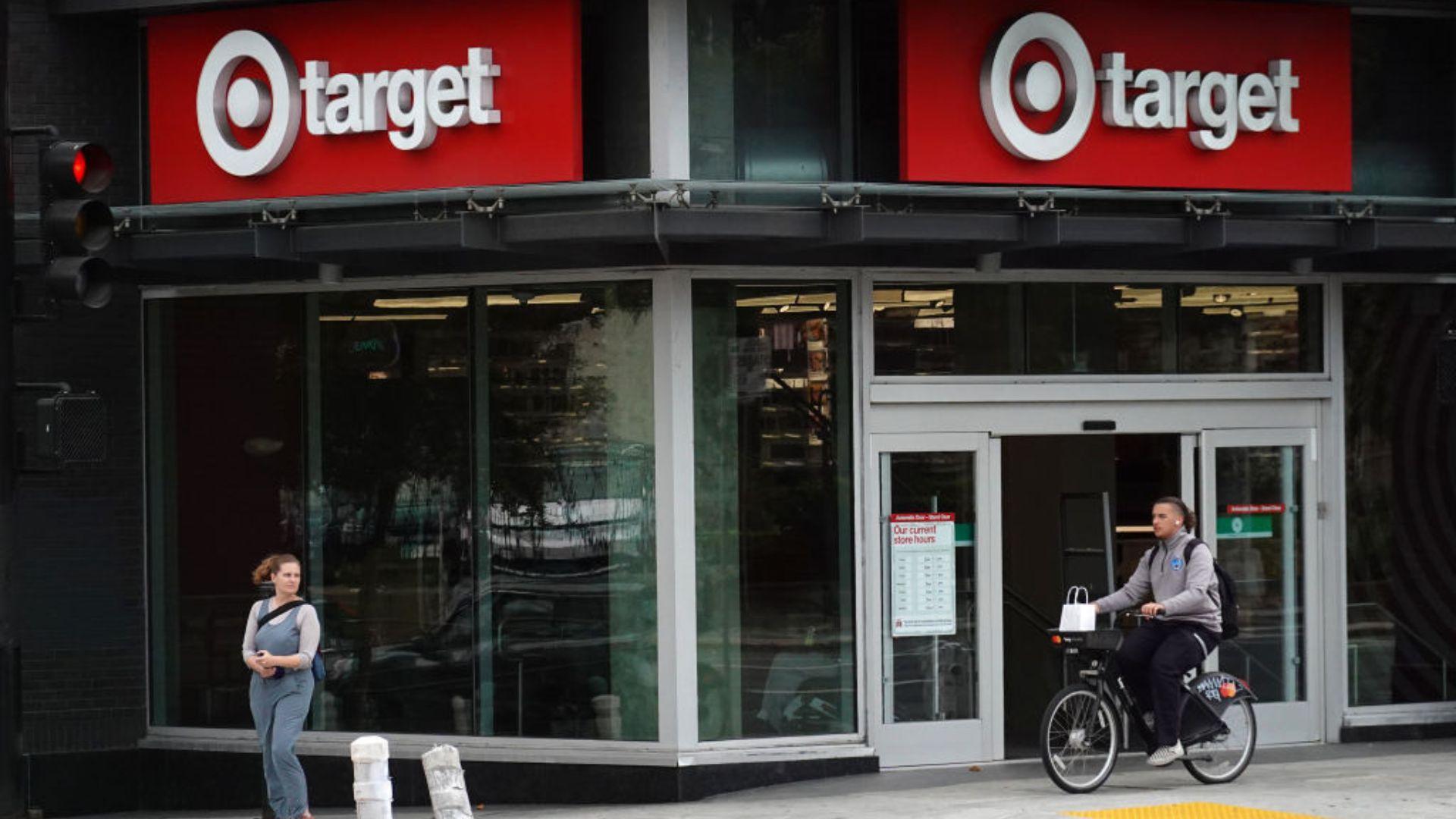
The ripple effect of burgeoning theft rates is undeniable. Certain retailers, sensing the increasing pressure, are taking drastic measures.
For instance, Target has signaled the closure of nine of its U.S. locations. Similarly, CVS has announced intentions to shut 10% of its stores in response.
Theft’s Influence on Retail Operations and Pricing
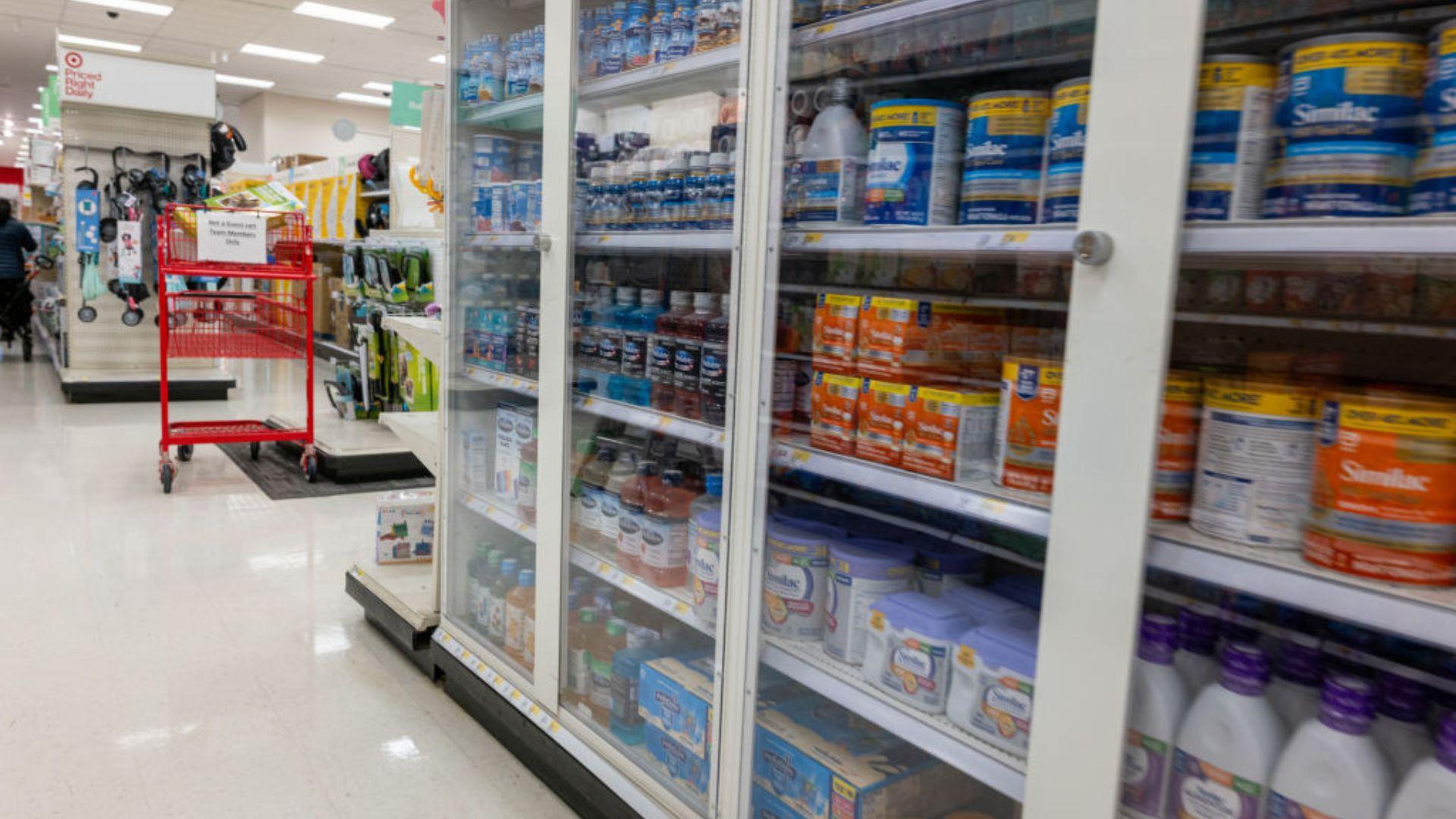
The magnitude of theft’s implications can’t be understated. NRF’s research indicates that theft accounts for a whopping 70% of merchandise shrinkage among leading retailers.
Such pronounced losses can inevitably lead to strategic rethinks, encompassing potential store closures and price modifications.
Unpacking Costco’s Lower Theft Rates
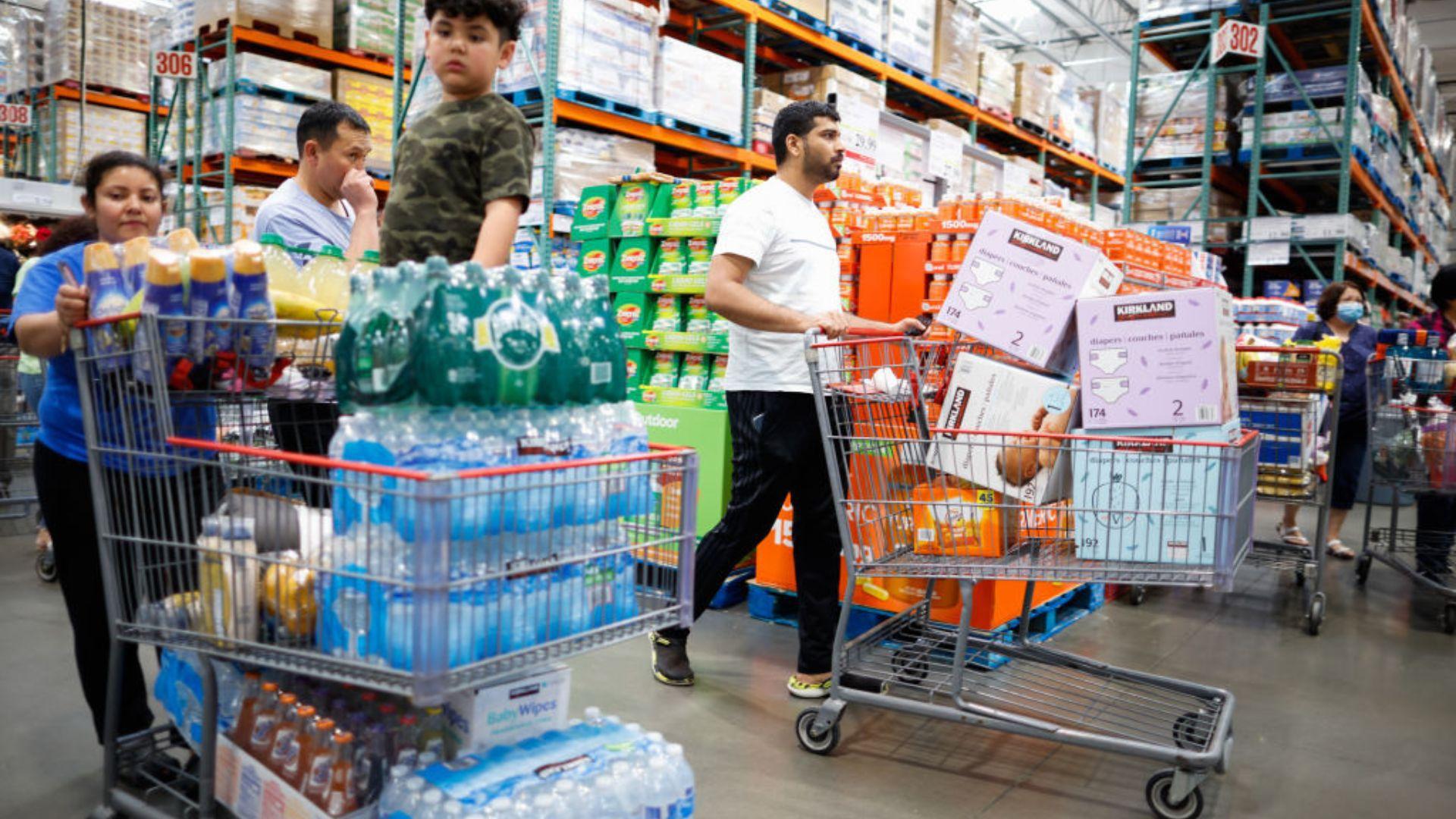
In the broader context, while the NRF pegs the average theft rate at a concerning 1.44%, Costco’s narrative is distinctly different.
Their reported figures hover between 0.1% and 0.2%. Evidently, Costco’s distinct strategies and infrastructural design play pivotal roles in maintaining these enviable numbers.
Costco’s Warehouse Design Minimizes Vulnerabilities

Costco’s store architecture is undeniably unique. Crafted like vast warehouses, each store predominantly features a single entry and exit point.
This inherent design, while simple, plays a crucial role in curtailing theft, ensuring that potential malefactors find it more challenging to execute their plans.
The Role of Membership in Costco’s Theft Management
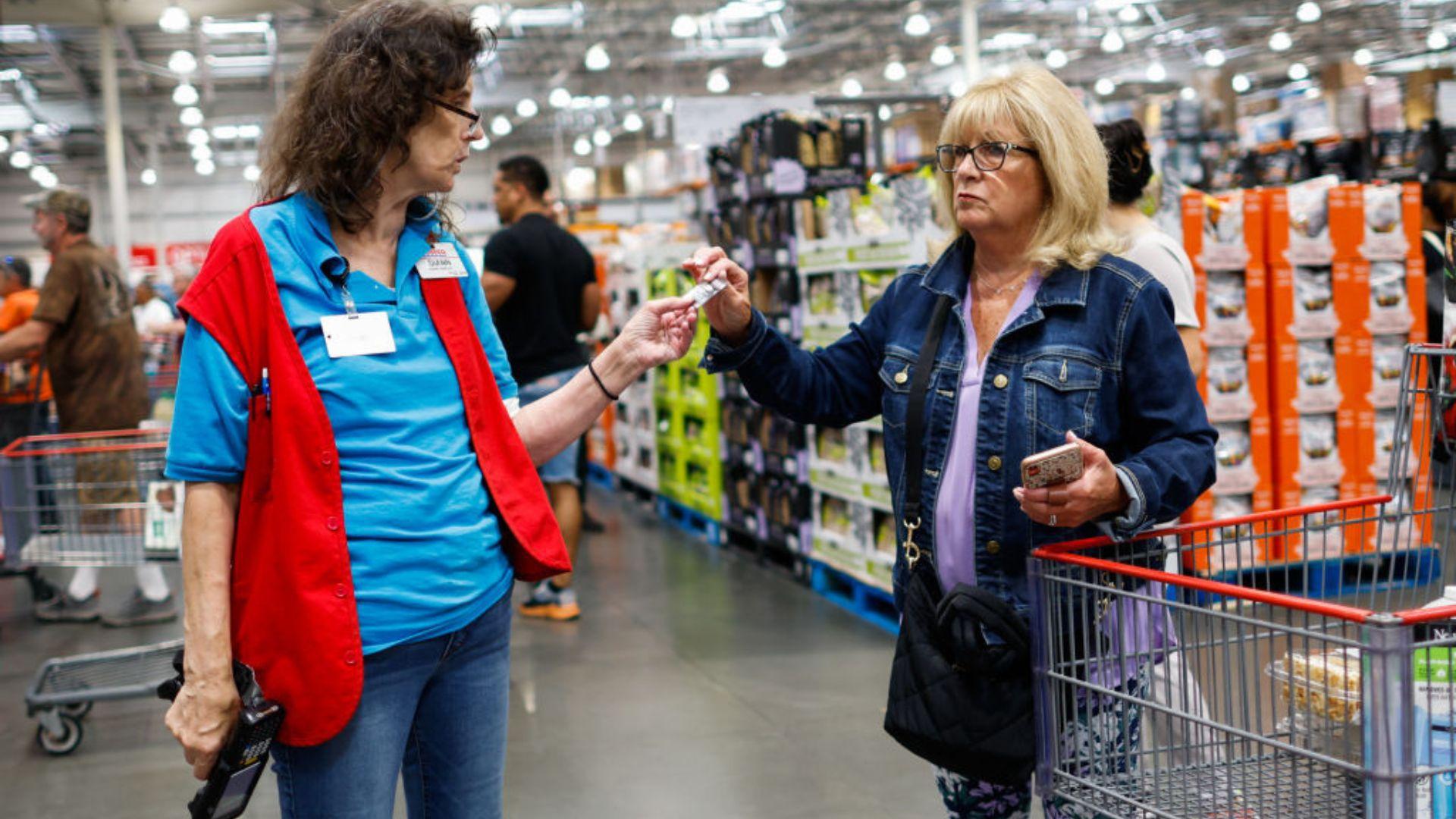
Costco’s operations pivot on a key element: its membership-centric model.
Galanti stresses its importance, noting that the entry procedure, which mandates members to display a photo ID, serves as an inherent checkpoint, deterring those with malicious intents from entering.
Bulk Items at Costco and Their Impact on Theft
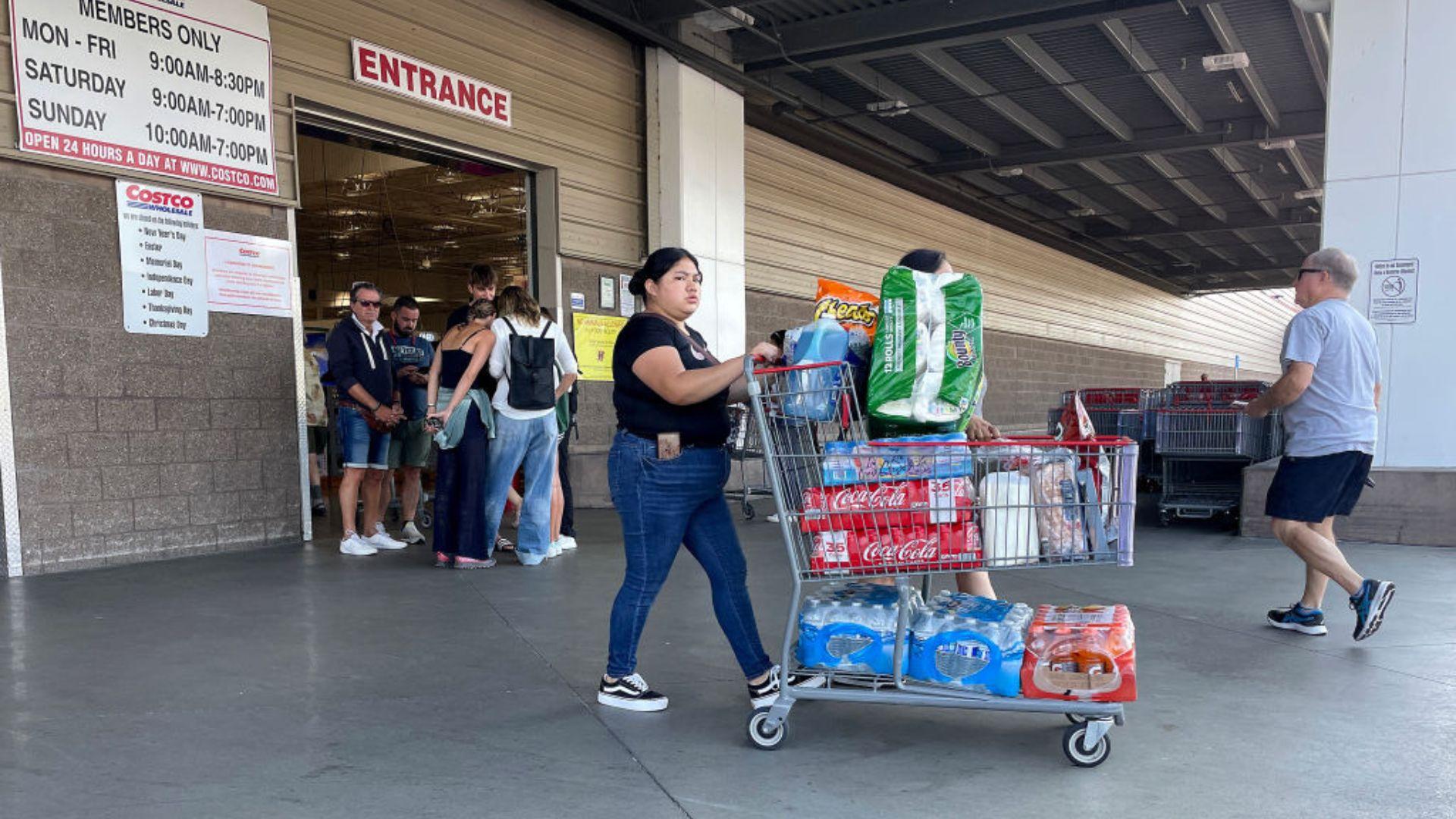
Costco’s product offerings also offer an inherent defense against theft. The company’s inclination to sell items in bulk presents logistical challenges to would-be thieves.
For instance, attempting to stealthily remove a massive bundle like 96 rolls of toilet paper is a near-impossible task.
Product Packaging Strategies

Another layer to Costco’s defense strategy lies in its packaging decisions.
Apart from selling in bulk, even smaller items are often ensconced within conspicuously large boxes, making theft attempts not only challenging but also easily noticeable, further reducing theft prospects.
The Introduction of Self-Service Checkouts at Costco
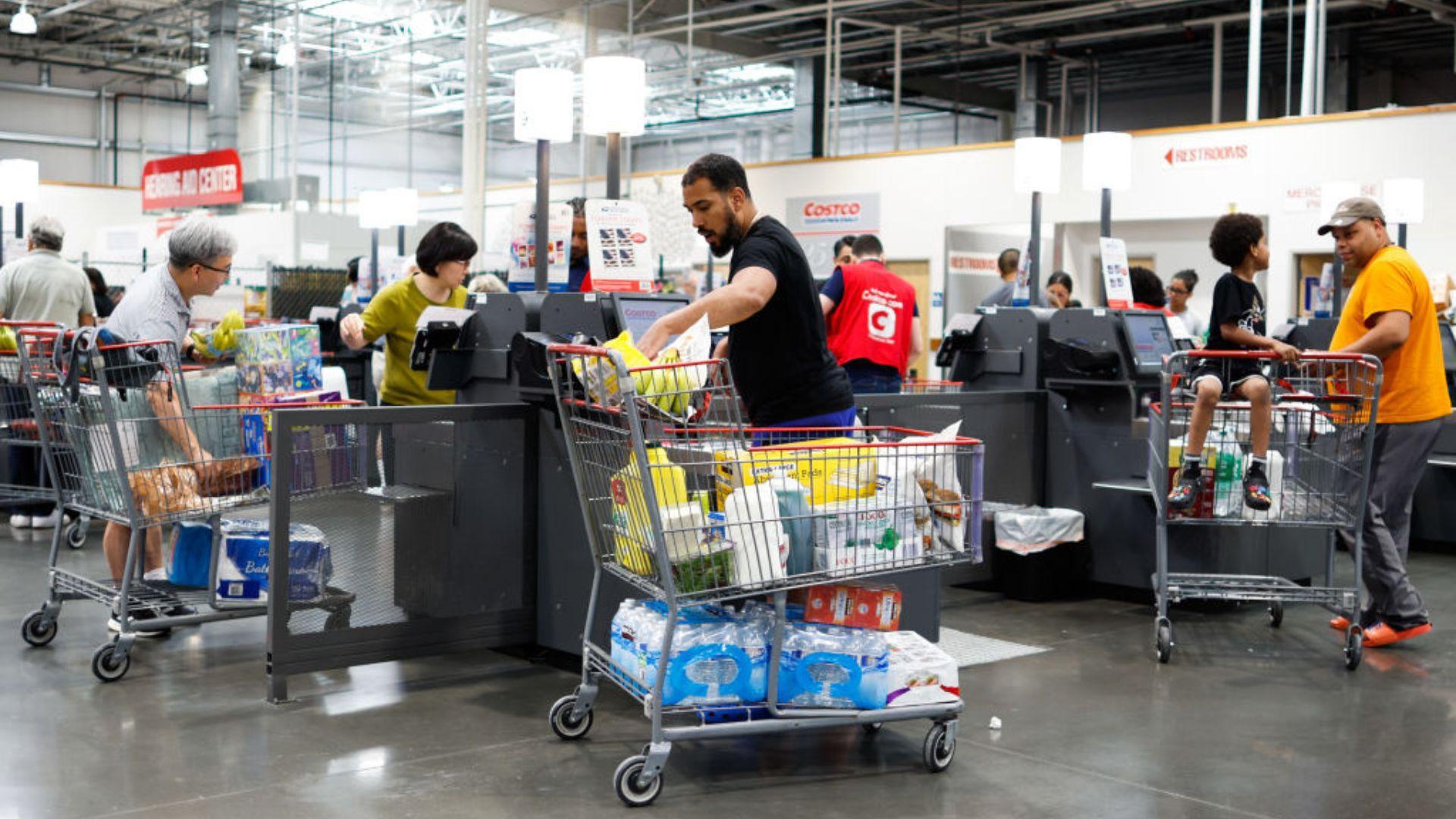
In its pursuit of customer convenience, Costco incorporated self-service checkouts into its operations.
Interestingly, this move did correlate with a minor surge in shoplifting. Yet, it’s pivotal to note that this uptick didn’t prompt the company to retract this customer-centric feature from its stores.


